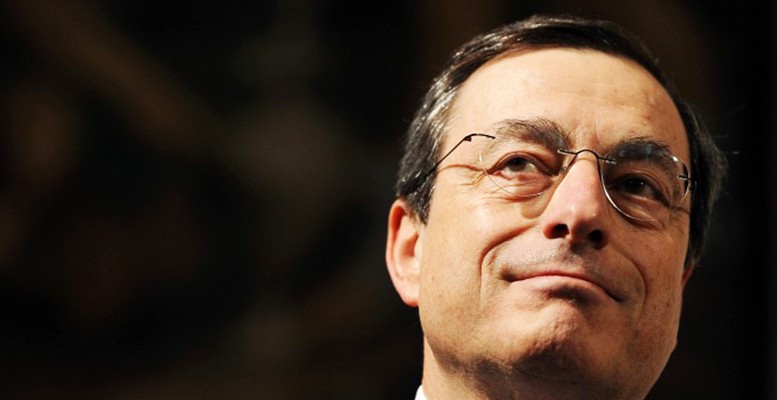J. P. Marín-Arrese | Against all odds, Draghi has secured consensus over his stimuli package by a canny trade-off between the subdued intensity of individual measures in exchange of ample coverage. His brilliant brinkmanship as Chair of the ECB facilitates the task of his successor as Ms Lagarde can wait-and-see comfortably cushioned by a strong and comprehensive arsenal relieving her of the need to change course for many months to come.
Draghi offered his colleagues a palatable appetiser, by reducing the rate cut to just ten base points, and applying it only to the deposit facility thus enlarging the channel for interbank lending prices. Furthermore, the introduction of a 2/3 tiering scheme, in line with those enforced by other central banks confronted with negative rates, will reduce the damage inflicted on banks while opening the way to further rate cuts. Avoiding the slightest hint that interest levels might have reached an absolute floor fully preserves the ECB´s future ability to influence the markets.
He has scored a formidable hit by convincing many reluctant colleagues to support a fresh asset-purchasing programme. Its moderate envelope reaches 20 billion per month. Yet, it bolsters its strength by fixing no time limit. Moreover, as triggering any rate rise can only take place once the APP comes to an end, undoubtedly it will enjoy a long life span. Draghi’s gleeful mood in the press conference signaled his satisfaction at outmanoeuvring Mr Weidmann and other governors publicly opposed to this measure.
As a further improvement of the package, Draghi has secured a change in the conditions for the incoming TLTRO, reducing the lending cost for banks and increasing the maturity of the loans from two to three years. It came as a surprise with no analyst predicting such a move.
To ensure better transmission of the monetary policy, Draghi has also introduced relevant changes to the forward guidance tool. The ECB will only switch from the current accommodative stance once sustained and robust convergence of inflation, including the headline, underlying and expected inflation, towards its medium-term objective. This move will help to anchor a widespread cheap-money sentiment, dispelling any doubt on this stance. It is no secret that ensuring the markets retain faith in a low-rate environment exerts a more powerful impact than any ECB initiative. While expressing reservations on the option of moving the target, as shifts prompted by sheer failure to meet the goal look scarcely credible, he did not rule future changes following the full review due to take place in the coming months.
At face value, the stimulus package looks impressive. Yet, pumping in liquidity can only reinvigorate the economy should the favourable credit conditions induce more borrowers to spend funds on investment and consumption. The current global uncertainty much reduces the appetite for extra spending. Thus, the surplus money may mainly fuel balance sheet readjustments aimed at saving costs in debt servicing, with limited impact on the real economy.
As Draghi has stressed, it is up to the fiscal policy to fill the demand gap. While the ECB has deployed all its weaponry, easing credit conditions to the very limit, it cannot directly influence private or public spending, a job that only concerted budgetary action can perform. Let’s hope Germany boosts public demand before it proves too late for preventing a severe downturn.
Draghi turned his last performance in a brilliant exhibition of mastery and authority, leaving Ms Lagarde an outstanding heritage. We’ll all miss him a lot.





